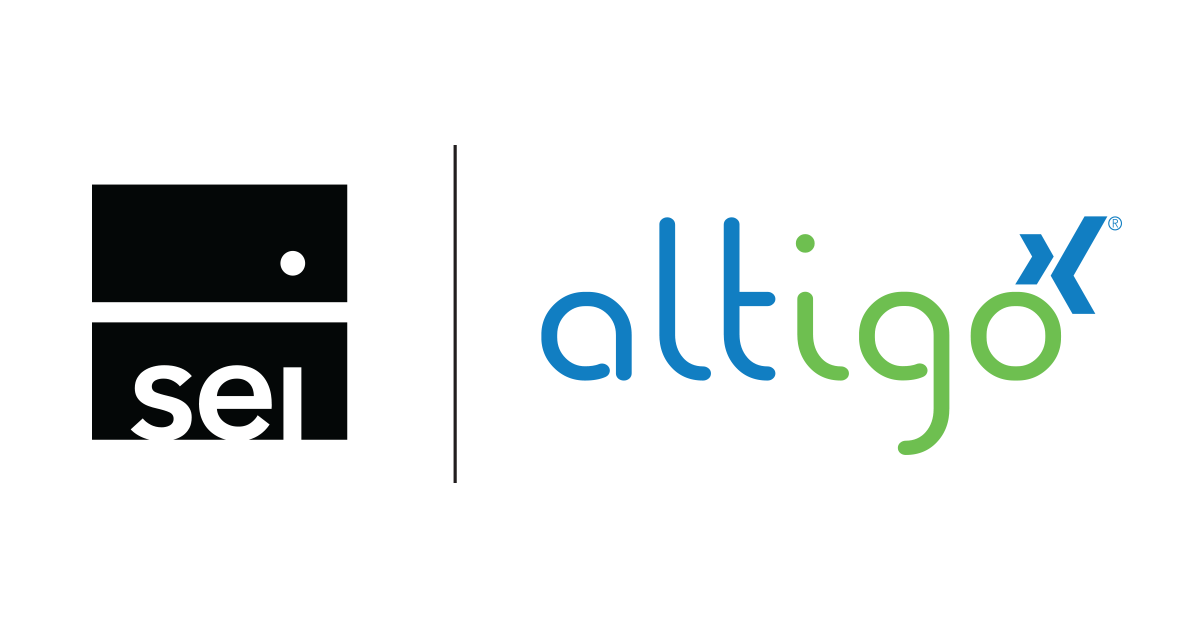What is a Qualified Opportunity Zone Fund?
What is an opportunity zone? An opportunity zone is an economically distressed area or community designated by the state in which it resides and...
3 min read
.jpeg) Chris Rohde
:
January 10, 2019 at 10:47 AM
Chris Rohde
:
January 10, 2019 at 10:47 AM

2018 tax reform laws have created a new investment category: Opportunity Zones. Qualified Opportunity Funds join an increasingly popular group of tax-advantaged investments, such as 1031 Exchanges, that allow investors to defer or avoid capital gains taxes on the sale of certain investment properties. But there are some key similarities and differences between 1031 Exchanges and Opportunity Zones that advisors should know about before recommending them to clients.
The tax benefits of Section 1031 Exchanges and investments in Qualified Opportunity Funds have many similarities. Both 1031 Exchanges and Opportunity Zones:
Despite the similarities between 1031 Exchanges and investments into Qualified Opportunity Funds, there are also significant differences in both their tax treatment and rules around where gains may come from.
Taxes
One major difference between taking advantage of a 1031 Exchange and investing into an Opportunity Zone is how long the investor’s gain is deferred. For a 1031 Exchange, the investor may defer the tax on the gain from the sale of the previous property until the sale of the replacement property. If the investor decides to once again roll their investment into yet another eligible property, gains continue to be deferred until a property is finally sold.
For a Qualified Opportunity Fund, the investor may defer the tax on the gain from the sale of the previous property until either of the sale of the property or December 31, 2026, whichever comes first. As a result, investors in a 1031 exchange may be able to defer recognition of their gain for a longer period than investors in a Qualified Opportunity Fund if the 1031 property is still held after December 31, 2026.
Participation in a 1031 Exchange allows an investor to defer recognizing their gains from the sale of a property for a time. However, when a property is eventually sold for cash, the investor will have to recognize the full extent of their capital gain. For investors in a Qualified Opportunity Fund, they not only get to defer their gain, but if they hold the investment long enough, they may receive exclusions on a percentage of their gain. For example, if an investor in a Qualified Opportunity Fund holds her investment for more than 5 years, then, when that gain is recognized, the investor may exclude 10% of the gain. This means that they would only pay tax on the other 90% of their gain on the sale of the original property. If the investor holds for 7 years then this exclusion jumps to 15%. A full list of FAQs relating to Opportunity Zones can be found on the IRS website.
Perhaps the largest difference between the tax benefits of participating in a 1031 Exchange and investing in a Qualified Opportunity Fund is the stepped-up basis on the investment into a Qualified Opportunity Fund if the investor holds it for more than 10 years. This means that when the investor sells her investment in the Qualified Opportunity Fund, her basis (the amount of the original investment) is increased to the fair market value at the time of the sale. Since taxpayers are taxed on the difference between their basis and the sale price, this effectively means the transaction will be tax free. In a 1031 Exchange, the original basis follows the investor through the exchange and is used when the replacement property is finally sold, at which time the investor pays the tax on the difference between their basis in the original property and the sale amount of the replacement property. The stepped-up basis for investments into a Qualified Opportunity Fund is a huge benefit for investors who are able to hold an investment for that long.
Property
1031 Exchanges and Opportunity Zones also differ on the types of property into which an investment can be made. For a 1031 Exchange, the IRS requires the replacement property to be of a “like-kind” to the property the taxpayer sold. The IRS defines “like-kind” as “property of the same nature, character or class. Quality or grade does not matter. Most real estate will be like-kind to other real estate.” Additionally, the property must be used for a trade or business or for investment. This means that any commercial real estate likely qualifies for a 1031 Exchange. Qualified Opportunity Funds must invest in Opportunity Zones, which consist of designated distressed communities around the country. Thus only property in these zones qualifies for investment for a Qualified Opportunity Fund, unlike any commercial real estate for a 1031 Exchange. Considering the large number of Opportunity Zones, this may not be a huge hindrance for investors.
Investments into Qualified Opportunity Funds and 1031 Exchanges also differ on where the invested capital originated. While investments in a 1031 Exchange must follow the “like-kind” rule, investments into Qualified Opportunity Funds may come from the sale of any investment property, whether real estate or investments in the stock market. With the tax benefits of investing in Qualified Opportunity Funds, this is a boon for investors.
1031 Exchanges and investments in Qualified Opportunity Funds are both enticing opportunities for investors, but, despite their similarities, the differences between these two investment opportunities require potential investors to thoroughly review their options prior to making an investment.

What is an opportunity zone? An opportunity zone is an economically distressed area or community designated by the state in which it resides and...

A key incentive of the federal opportunity zone program may have expired, but qualified opportunity zone funds continue to offer considerable...

SEI to Leverage Unique Industry Position to Meet Market Demand and Streamline Investment Process for Alternatives